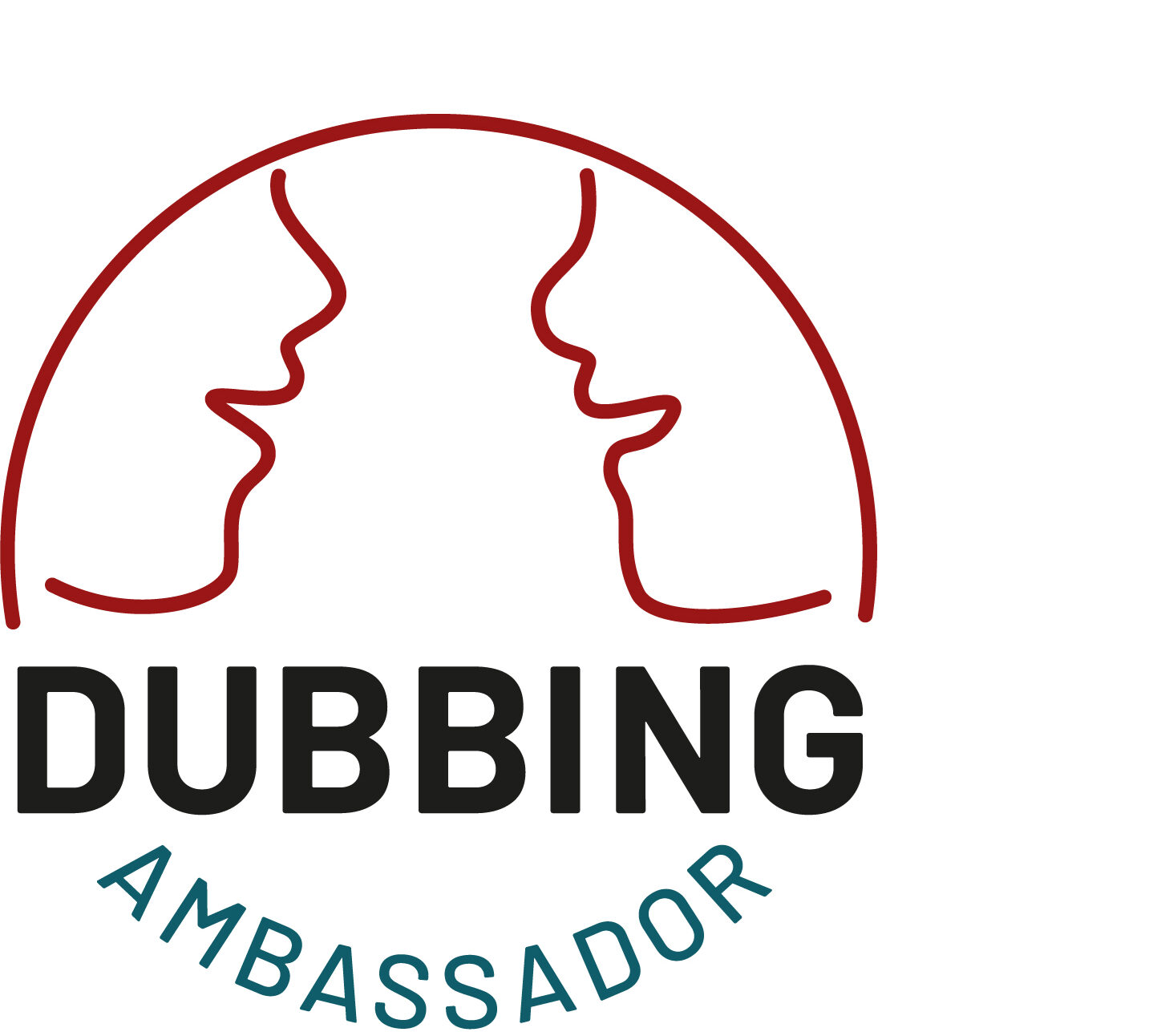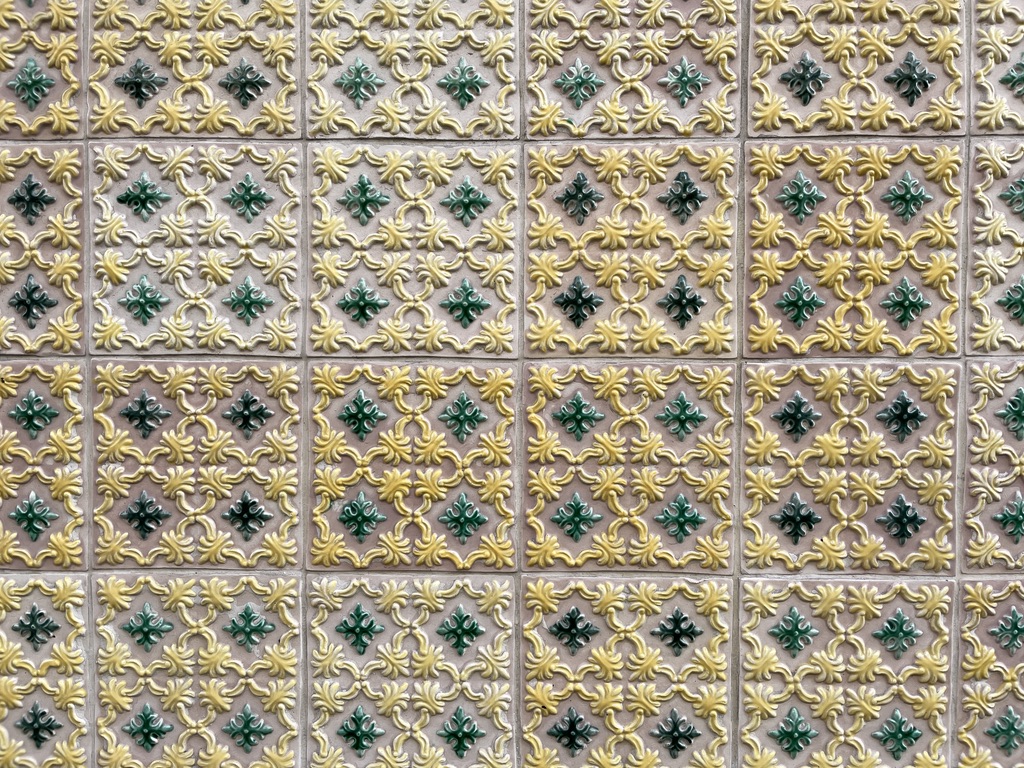Apparently, even the best lip readers can only actually see 30% of what someone is saying. The other two thirds is, according to what I read, “good guessing, life experience, and missed information.”
In other words, only a third of what a lip reader understands, they understand with certainty. I haven’t seen a better description of what dubbing is in a while.
Because only a small part of what dubbing does is perfect lipsync. And yet the audience accepts it, has accepted it, for almost a hundred years. Only a small part of what dubbing does is measurable, is perfect, is something that a machine can do. There are experts on that. My expertise is the other part.
Let’s say that “missed information” is what happens with every form of translation. It’s that something that cannot be hauled, dragged, schlepped from one culture into another, no matter how hard you try. The part where people truly don’t understand one another. Not even if we all spoke the same language could that gap ever be closed.
That still leaves a lot of the two thirds that are not perfect, not measurable, not machine-readable.
In the world of dubbing, those two thirds are taste, and choice. In writing, are always a myriad of options, technical and creative. There is never only one possible version. For each sentence of a dubbing script that I write, there are always several sentences that I could have written. But I make a decision, and this decision is based on my experience, my empathic skill, my research and knowledge, my love for the characters and the stories. What I get hired for is my taste and my choice. This is why I don’t use AI in my creative process – because I want this taste and this choice to stay mine. Otherwise, I would not be sure what I’m selling. You don’t pay me for the words I write down, or input into an event field. You pay me for me.
But taste and choice extend further. It’s the basis of everything that’s done in the studio during recording. It’s what every dubbing director gets hired for, every voice actor, every dubbing editor and every audio engineer. It extends from production managers to final mixers. All of them have a choice, and all of them make their decisions according to their experience, their expertise, their taste.
The Austrian designer Oliver Kartak defined good design as follows: “empathy, creativity, conflict resolution, communication, critical thinking, self-reflection, teamplay.” All of these, usually labelled “soft skills”, are also what makes a good dub. None of them are measurable. I understand the desire for metrics in dubbing from a business standpoint. Or, no. Not from a business standpoint. From the standpoint of, “I need to send something tangible to my investors.”
The only metric that truly counts in my book is, did the audience have the same emotions, the same reactions, to a film or a series that the original audience had. And if the culture gap is maybe too big and the same reaction isn’t possible, and they didn’t have the same experience as the original audience, did they have at least an engaged, entertaining, and meaningful experience?
And if you don’t believe me, listen to one of the best contemporary filmmakers, Guillermo del Toro. The difference between art and an app, he said, is “personality, knowledge, emotion.”




